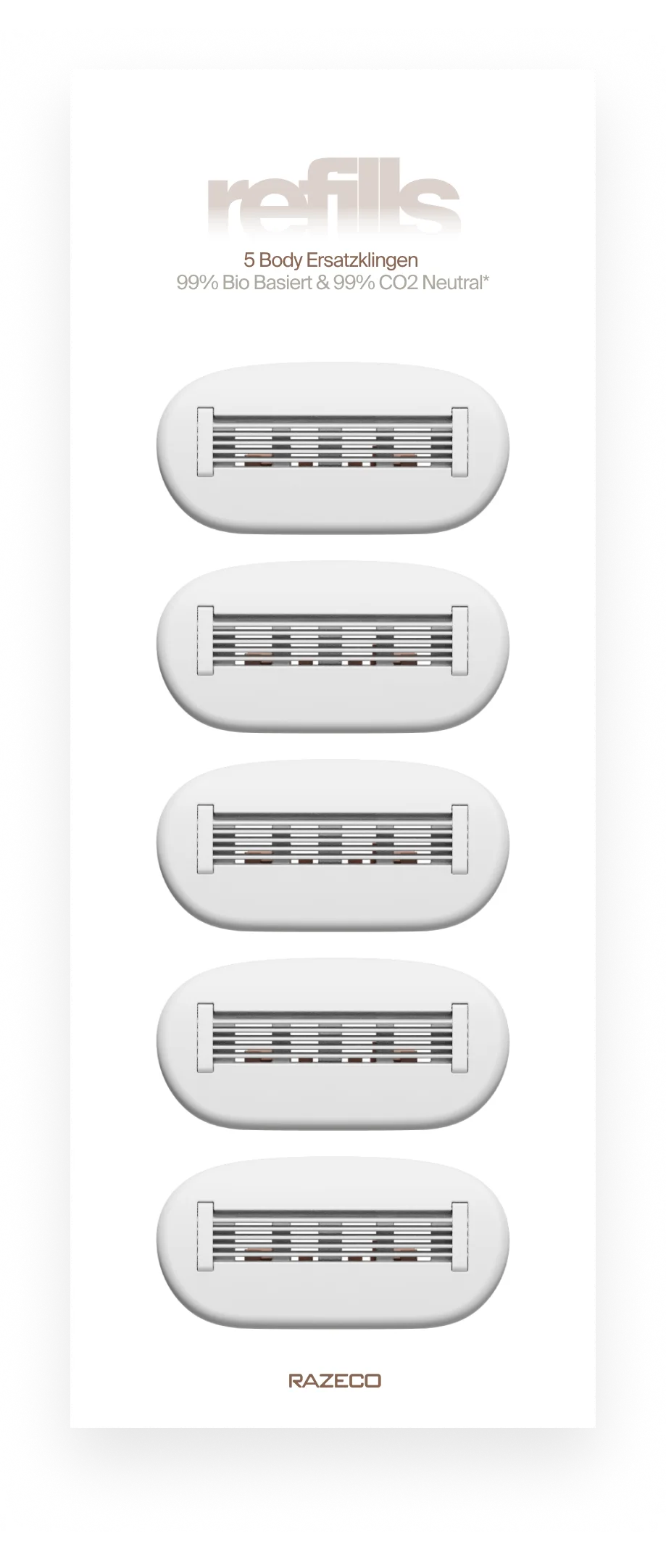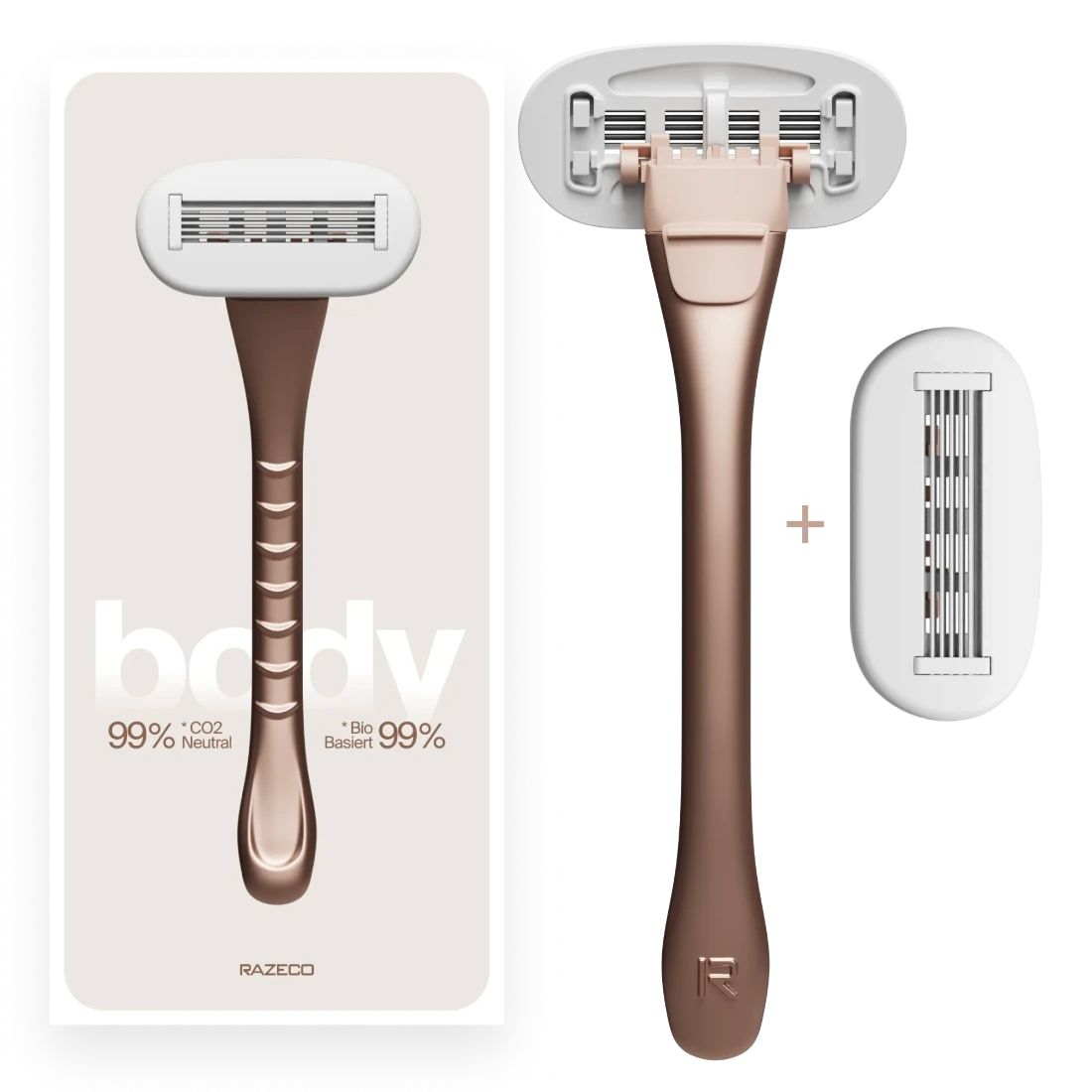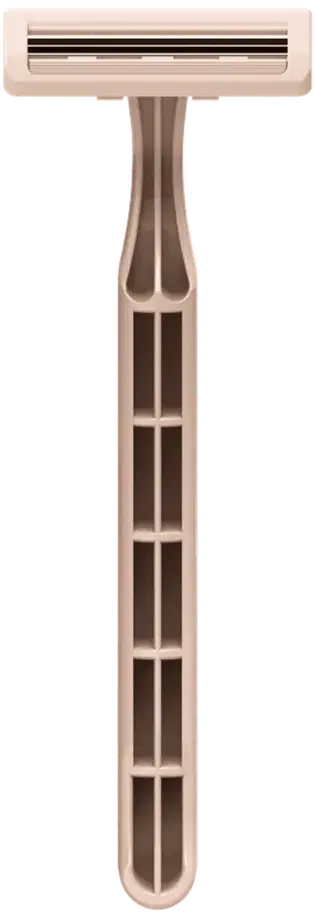What No One Tells You About Dermaplaning: The Hidden Waste Behind the Glow

What No One Tells You About Dermaplaning: The Hidden Waste Behind the Glow
Dermaplaning has become a beloved ritual in modern skincare routines. It promises a smoother complexion, better product absorption, and that glass-skin glow we all chase.
But there’s something rarely discussed: What happens to the razor after you’re done?
Beauty That Doesn’t Break Down
Most dermaplaning tools are designed for convenience, not responsibility.
They're made from fossil plastics fused with metal, making them nearly impossible to recycle.
Used once, discarded forever. polluting for centuries.
In fact, the U.S. alone throws away more than 2 billion razors every year.
Many end up in landfills. Some break down into harmful microplastics. Others? They find their way into the ocean.
All for a few minutes of glow.
A Practice Worth Rethinking
This isn’t a call to cancel dermaplaning, far from it.
It’s about doing it with eyes wide open.
About asking better questions:
Can we find alternatives to single-use razors?
Can tools be reused or recycled?
Can the glow we seek come without the waste we leave behind?
Sustainability isn’t just about what we buy, it’s about what we discard. And the small things we do often have the biggest impact.
No easy answers. Just better questions.
Let’s start asking them together.



